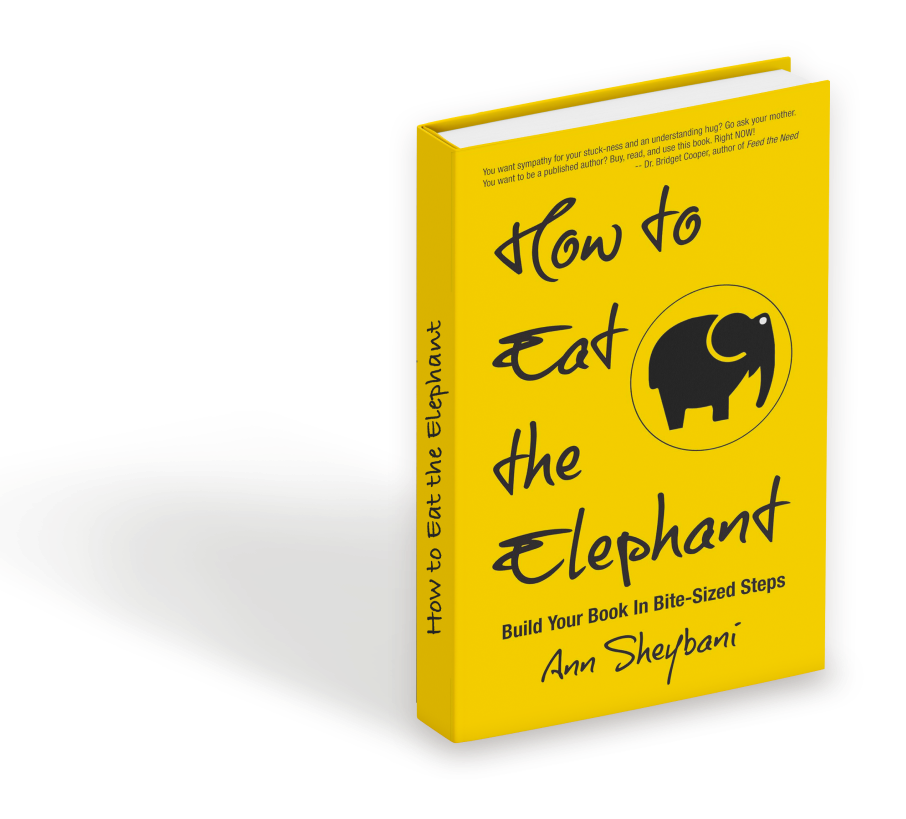I jolted awake Saturday morning to a shocking realization: it’s late March. Late March. Last I checked, we were unwrapping Christmas presents. Then a parade of exciting book projects marched across my desk, and—poof—I vanished down the rabbit hole.
Give my mind even an inch of space, and it wanders. So here are the fascinating things currently occupying my brain:
Land
Walt and I devoured this film on our Qatar Air flight to Kathmandu (Christmas surprise: first-class tickets—so luxurious I contemplated living on that plane).
Robin Wright both directed and starred as Edee Holzer, a woman who, after devastating loss, abandons everything for isolation in a remote Wyoming cabin. We watch her struggle against the wilderness and slowly heal with help from a local hunter named Miguel (Demián Bichir).
Wright’s directorial debut delivers a gut-punch reminder to stay present—to notice everything in your surroundings, good and bad.
For someone who just lost three months in the blink of an eye… no wonder this film haunts me.
The Anxious Generation
I would’ve breezed right past this book if not for the psychologist I’m collaborating with on a digital detox parenting guide.
Jonathan Haidt’s 2024 release examines how smartphones and social media have devastated Generation Z’s mental health. The book pinpoints 2010-2012—when these technologies exploded—as the moment anxiety and depression began surging among adolescents.
Haidt argues we’re witnessing a “childhood recession,” with crucial developmental experiences like unsupervised play and face-to-face interaction vanishing into thin air.
This book is mind-blowing. You’ll never see tween behavior the same way again. (And if you’re team gentle parenting? Brace yourself for a reckoning.)
Substack
Speaking of endless phone scrolling (guilty as charged!), I’ve fallen hard for Substack. It’s like Pinterest and Medium had a baby—addictive yet substantive.
I’ve noticed a pattern: refugees fleeing Facebook and Instagram chaos are flocking here. “Better for the nervous system,” they claim. More breathing room to write about things that actually matter.
In fact, this post’s format—random things captivating my imagination—was inspired by Substack’s approach to personal writing.
I’ve already snagged 4 subscribers. Feeling generous? Become number five right here. (Warning: consistency isn’t my superpower… yet.)
Cognitive Dissonance
Random? Absolutely. But stick with me.
Years ago, I ghostwrote a proposal about post-traumatic growth. The psychologist author kept explaining how humans don’t believe bad things will happen to them—our brains dismiss tragedies that befall others as impossible for us.
I couldn’t grasp this concept. Why? Because I’m convinced every horrible thing I see happening to others could absolutely happen to me. (Or at least I think I think this. Maybe not.)
No matter how I tried capturing her expertise, I kept inserting my understanding instead. (Not exactly a winning move for a ghostwriter.)
Here’s the crash course on cognitive dissonance I wish I’d had:
Cognitive dissonance is that uncomfortable mental tension when your beliefs contradict each other—or when your beliefs clash with your actions. This discomfort drives people to resolve the contradiction by changing something.
You’ll spot cognitive dissonance when someone:
- Gets defensive when contradictions are pointed out
- Creates elaborate justifications for questionable behavior
- Filters out information challenging their position
- Dismisses contradictory evidence
- Changes the subject when uncomfortable topics arise
- Obsessively reinforces their decisions (“I definitely made the right choice”)
The kicker? People experiencing cognitive dissonance rarely recognize it—they just feel discomfort and scramble to resolve it by:
- Selectively “not hearing” contradictory information
- Attacking the source as unreliable
- Twisting new information to fit existing beliefs
- Seeking out only confirmation of their original position
This selective processing protects their beliefs and identity. The stronger the belief, the fiercer the resistance.
That’s why facts alone rarely change minds—the psychological mechanisms guarding against cognitive dissonance are formidable.
It took me ages to recognize my own cognitive dissonance. But once you see it? You can never unsee it.
Gamma.app
Confession time: I’ve become obsessed with looking far more professional than I have any right to be, thanks to Gamma.app.
If you haven’t discovered this gem yet, Gamma is the secret weapon for creating stunning slide decks and PDFs that make people think you have an entire design team at your disposal. The truth? It’s just me in my pajamas with bedhead, clicking buttons.
What makes Gamma magical is how it transforms your basic ideas into brand-consistent, visually impressive presentations. Drop in your brand colors and logo once, and suddenly everything you create looks cohesive and intentional—like you actually planned it instead of throwing it together fifteen minutes before the meeting.
I recently used it for a writing workshop that I normally would have spent days designing. (Oh, hell, I would have assigned it to Mel at the last minute and had her do her Zhooshing magic.) With Gamma, I built something gorgeous in under an hour.
The best part? The AI helps generate content suggestions when you’re staring at a blank slide wondering what to say next. It’s like having a tiny presentation coach hiding in your computer.
For someone whose design skills peaked with PowerPoint 2013 clip art, this tool has been nothing short of revolutionary.
So That’s Where My Time Went…
Looking back at these rabbit holes—from Wyoming wilderness to teenage anxiety, from Substack stories to cognitive contradictions, and professionally polished presentations—perhaps it’s no wonder that Christmas somehow morphed into late March when I wasn’t looking.

